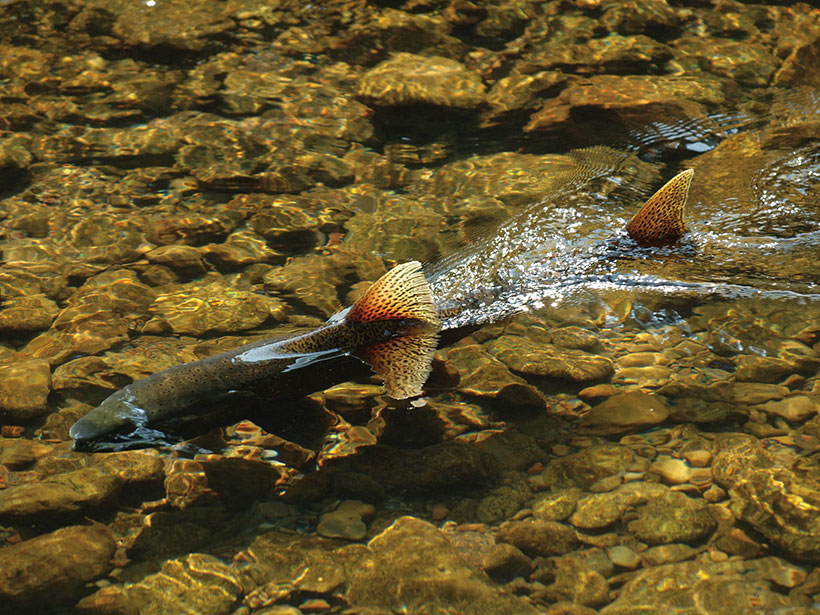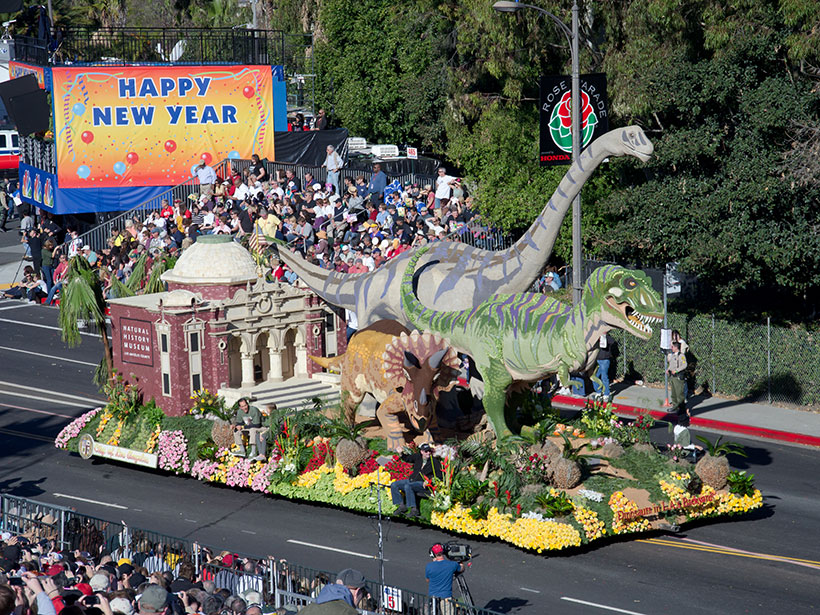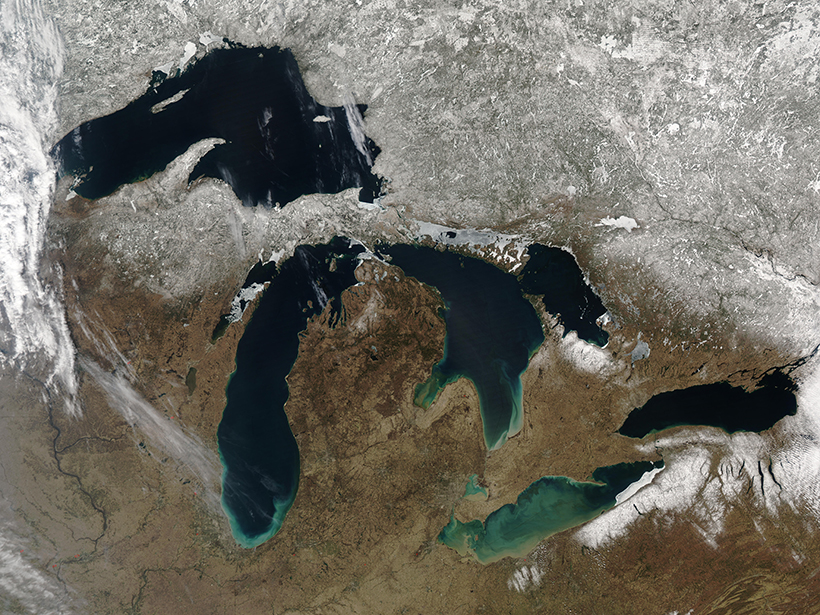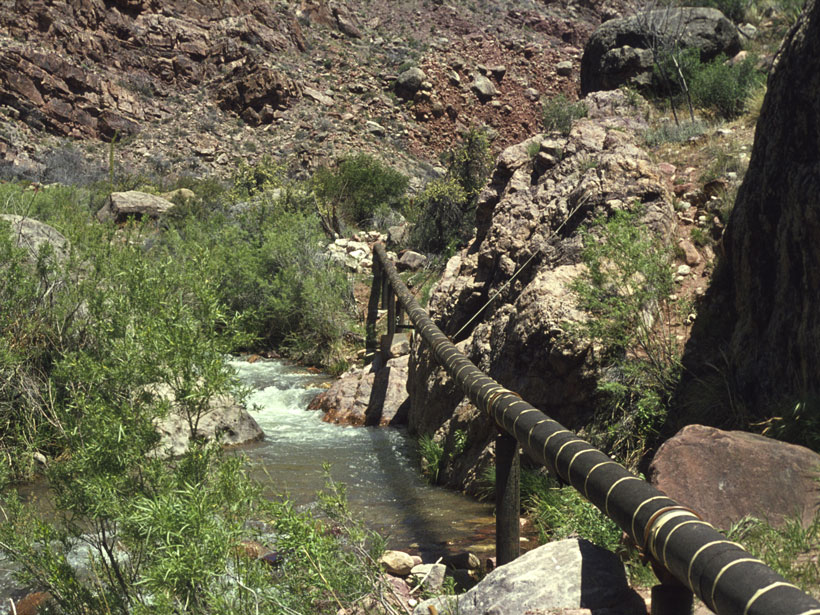Living in Geologic Time: How long will it take for erosion to erase Mount Rushmore?
Mary Caperton Morton
Mary Caperton Morton is a freelance science and travel writer specializing in geophysics, hydrology, and mountaineering. Her book, Aerial Geology: A High Altitude Tour of North America’s Spectacular Volcanoes, Canyons, Glaciers, Lakes, Craters and Peaks, was published by Timber Press in 2017. In her 13 years as a seasonally nomadic freelancer, she has hiked in all 50 states; climbed hundreds of mountains; and written for numerous publications including Eos, Earth, Science News, The Last Word on Nothing, and her blog, Travels with the Blonde Coyote. When she’s not at the keyboard, she’s outside, exploring the Sierras from her home base in the foothills of Sequoia National Forest in California.
The Delicacy of Arches
Living in Geologic Time: How long will Utah’s arches grace the red rock desert?
Internal Compass Guides Salmon’s Incredible Journey
New study finds evidence that magnetite particles play a role in fish navigation.
Everything’s Coming Up Roses for Pasadena Seismologists
Using fiber-optic cables, a new seismic network charts vibrations associated with the Rose Parade’s massive floats and marching bands.
Long Live the Laurentian Great Lakes
Living in Geologic Time: Billion-year-old rifting events set the stage for Earth’s greatest lakes.
Lost in the Everglades
Living in Geologic Time: An unintentional adventure in the River of Grass shows how Florida has changed dramatically over 15,000 years of human habitation.
Predicting Fast Moving Flash Droughts
A cross-disciplinary consortium of scientists works to monitor droughts that develop in as little as 2 weeks—whose frequencies are predicted to increase with climate change.
Rastreando Los Misteriosos Manantiales Del Gran Cañón
Mejorar los modelos ayudará a proteger una fuente crucial de agua potable para ambos bordes del Parque Nacional del Gran Cañón.
Climbing the Occasionally Cataclysmic Cascades
Living in Geologic Time: Every one of the Pacific Northwest’s volatile volcanoes is likely to erupt again before the range goes extinct.
Tracking the Grand Canyon’s Mysterious Springs
Improved modeling will help protect a crucial drinking water source for both rims of Grand Canyon National Park.










